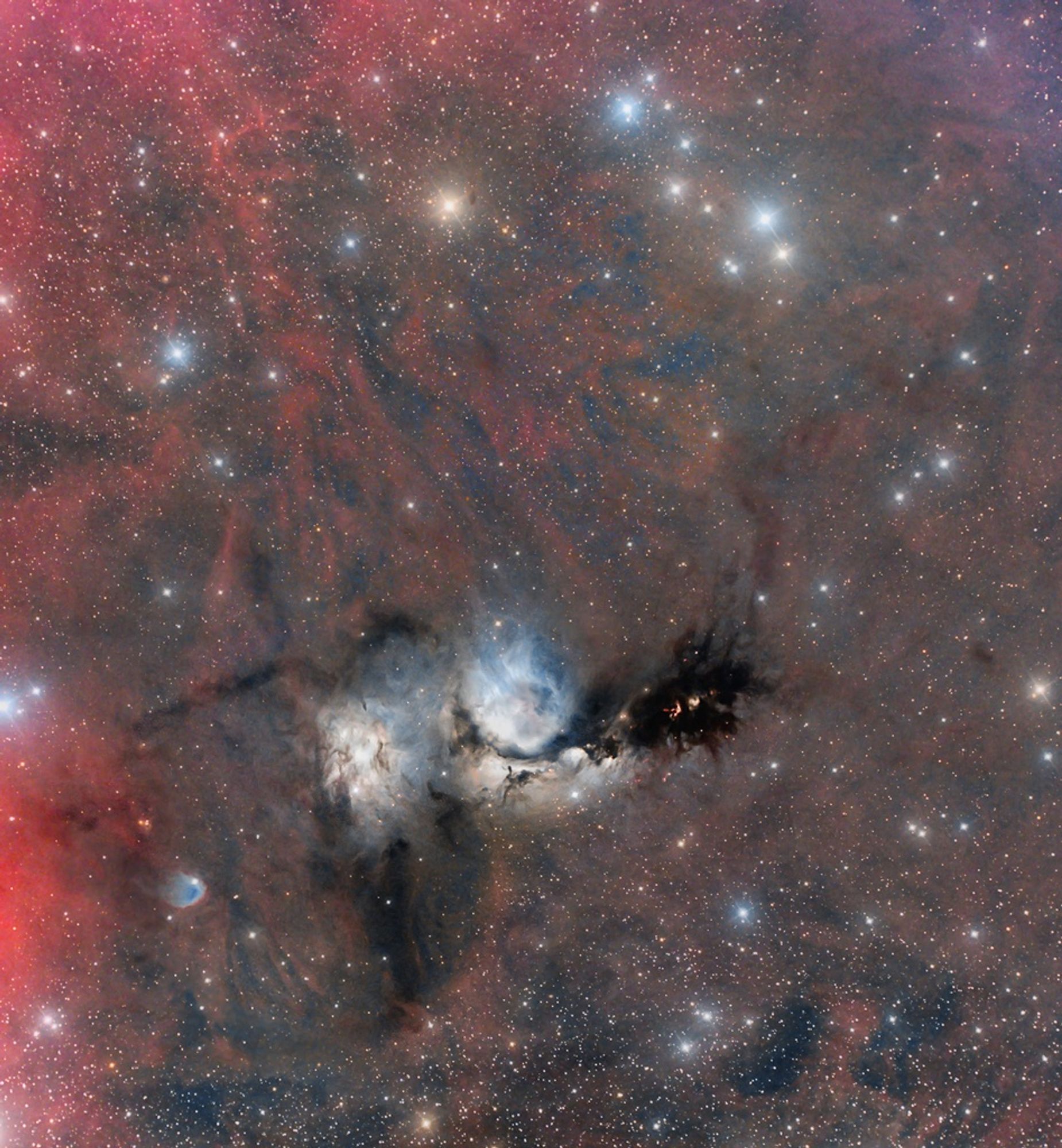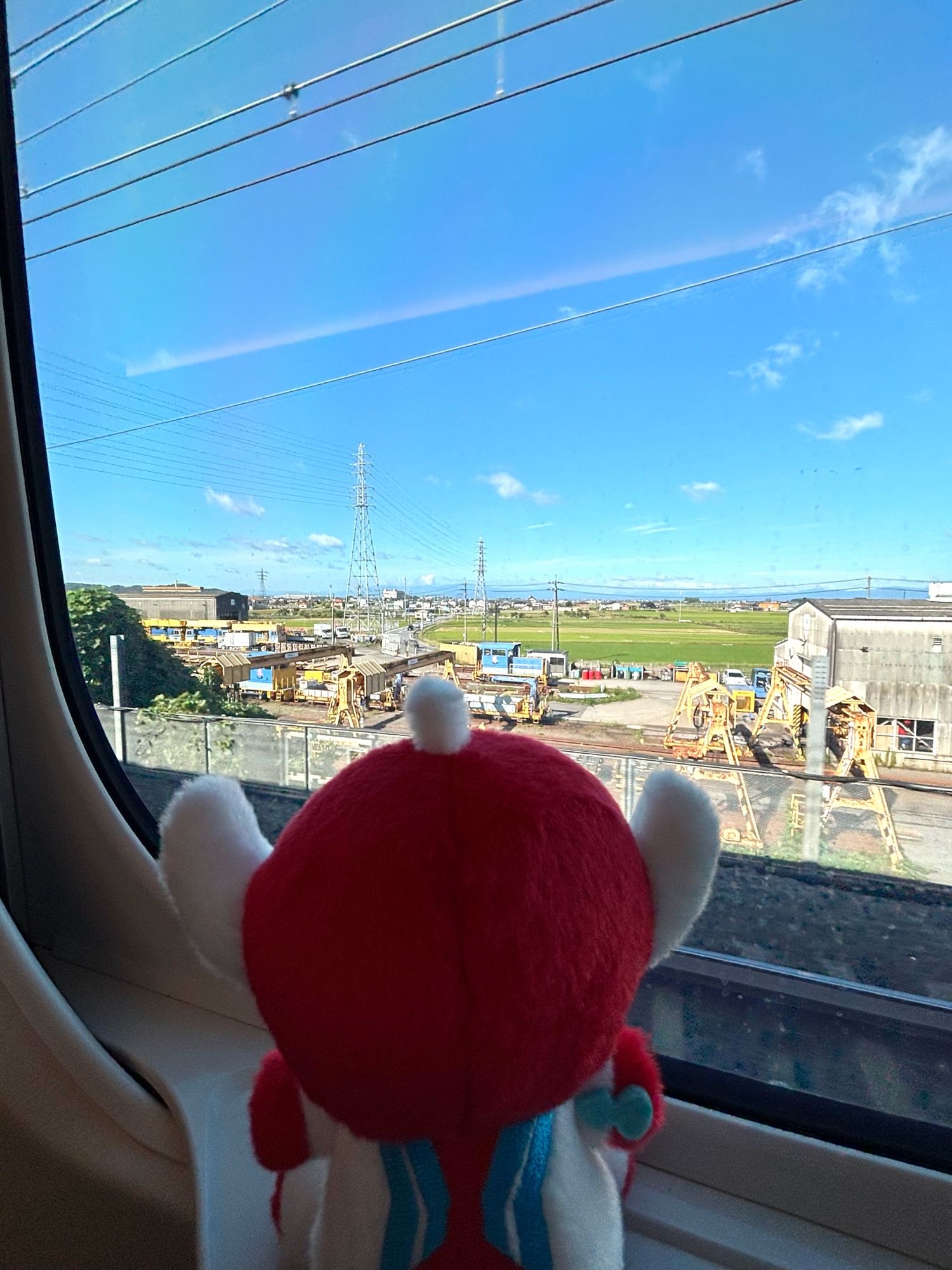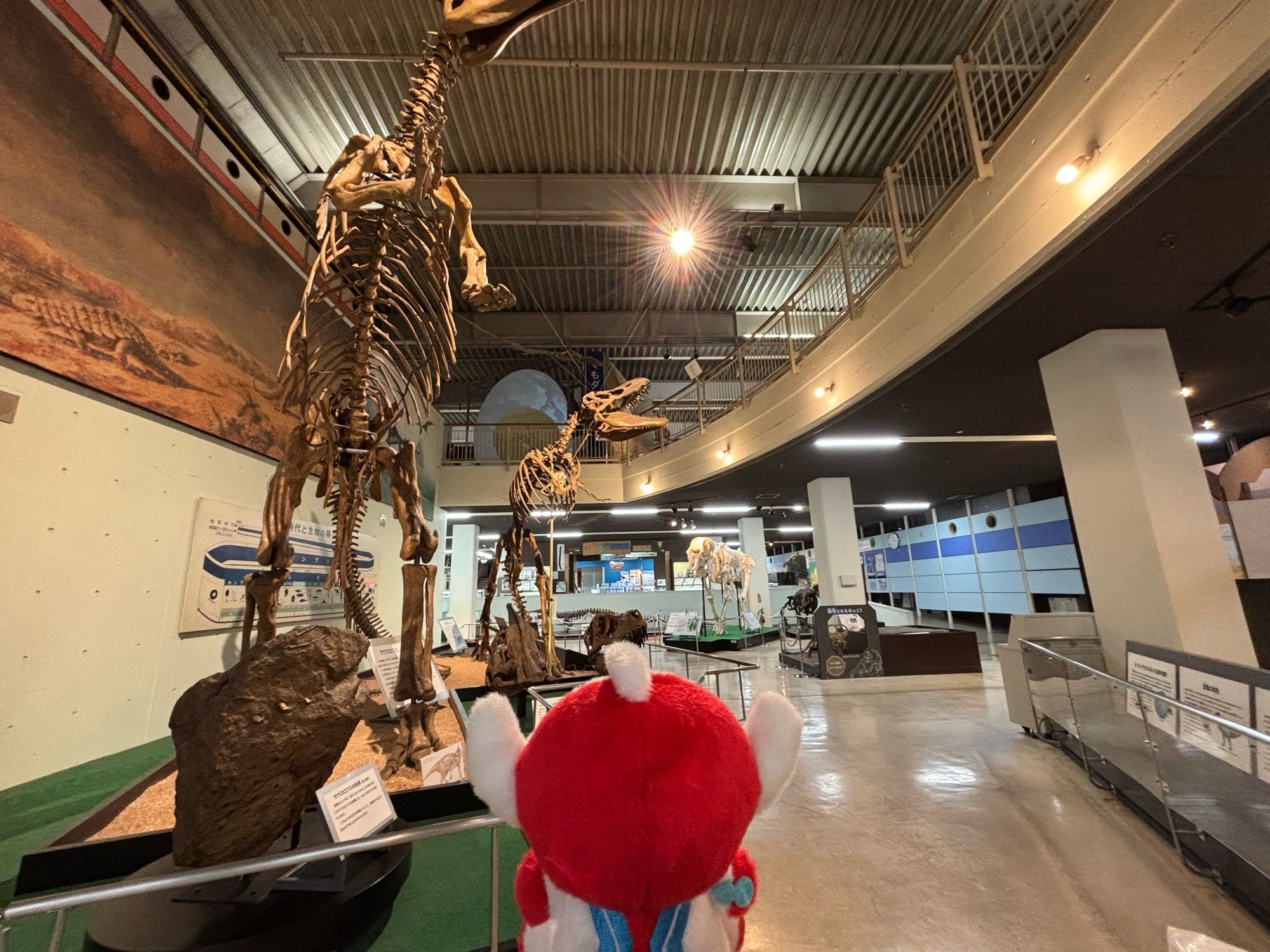#M78ふわふわが集まるタグ このところ、もちもちを撮ることが多かったのでふわふわを。 YouTube M八七のMADで、この映像って何の作品? て気になってなかったら、今の状態はなかったかもなんだよねぇ…。 でかふわのメビ、来るのは再来年かなぁ…。 (ふわディナスも待ってる~)


across. Its tint is due to dust preferentially reflecting the blue light of hot, young stars. Reflection nebula NGC 2071 is just to the left of M78. Flecks of emission from Herbig-Haro objects, energetic jets from stars in the process of formation, stand out against the dark dust lanes. The exposure
Interstellar dust clouds and glowing nebulae abound in the fertile constellation of Orion. One of the brightest, M78, is centered in this colorful, wide field view, covering an area north of Orion's belt. At a distance of about 1,500 light-years, the bluish reflection nebula is around 5 light-years
M78 Wide Field Source: https://apod.nasa.gov/apod/ap210121.html #M78 #reflectionebula#Orion #asronomy#space nebula #GC2071 #HerigHaro #interstelardust #starformation

#M78ふわふわが集まるタグ#もちもちもいっしょ もちもちセブンがやって来たので、ふわふわセブンとご対面~ & もちもちの籠盛り。 (…もちもちが赤ちゃん過ぎてビビっているふわふわであった)


as LDN 1622. While M78 and the complex Barnard's Loop are some 1,500 light-years away, LDN 1622 is likely to be much closer, only about 500 light-years distant from our fair planet Earth.






